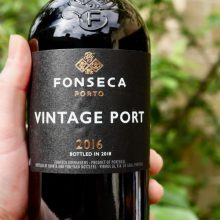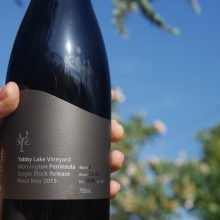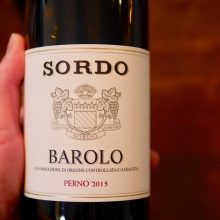
Product information
Fonseca Vintage Port 2016
Port from Douro, Portugal
$220
Description
Take an array of red varieties with different personalities, throw them in a lagare, grab a couple dozen stompers and get them to tread the grapes, ferment it for a bit then pour in some brandy spirit leaving you with high sugar, tannin, acid, and, alcohol backed by rich fruit.
On face value how could it work? Like all the great wine styles in the world the top echelon, the best houses of Portugal have found a way.
The searing acidity of the best vintage ports and exceptional tannins balances the sweetness of the sugar, alcohol and of course fruit. Despite the strength of these superb wines they have amazing finesse, elegance, and, restraint.
The complexity of these wines offers such intrigue!
Out of stock



